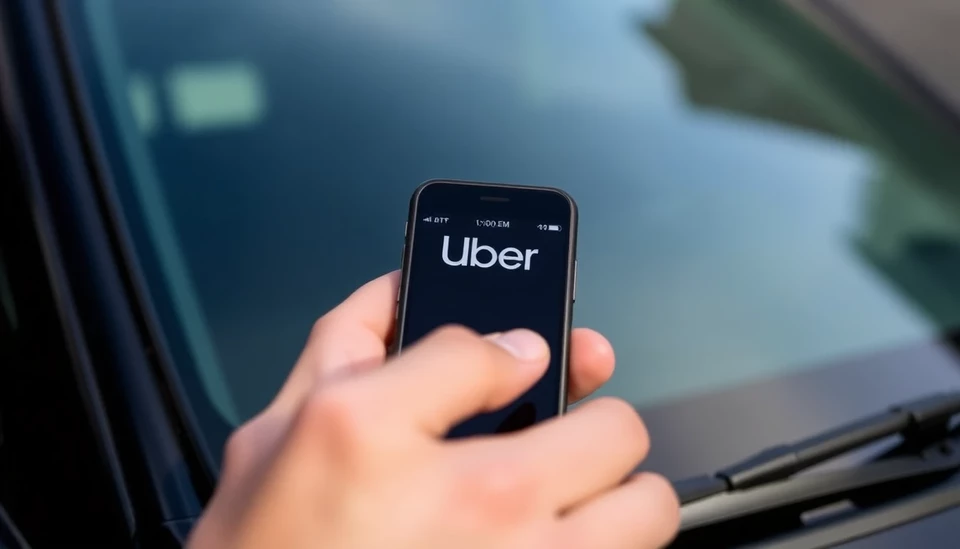
In a recent conversation, Uber CEO Dara Khosrowshahi outlined the company's ambitious vision for the future of transportation, emphasizing the transition to electric vehicles and the integration of robotaxis. This significant pivot aligns with Uber's commitment to achieving sustainability and reducing its carbon footprint, echoing the sentiments of broader environmental goals within the tech and transportation sectors.
Khosrowshahi stated that by 2040, Uber aims to have its entire fleet transition to electric vehicles. The CEO stressed that the rise of electric cars is not only a corporate responsibility but also a necessity driven by the increasing urgency to address climate change. He highlighted that nearly half of the rides booked through Uber are expected to be completed in electric vehicles by 2025. This goal underscores the company’s strategic shift as it seeks to attract more users who are environmentally conscious.
Furthermore, Khosrowshahi discussed the future of autonomous driving technology, stressing the role of robotaxis in reshaping urban mobility. With the advancement of AI and machine learning, Uber is investing in developing autonomous vehicles that can operate without a driver, thus potentially reducing operational costs and improving efficiency. The introduction of robotaxis could also alleviate congestion in cities, making transportation more accessible and reliable.
The CEO addressed the broader implications of these advancements, noting their potential impact on the workforce. He acknowledged concerns regarding job displacement but argued that the transition to electric and autonomous vehicles could create new opportunities in areas such as fleet maintenance and technology development. Uber is proactively working to retrain employees whose jobs may be affected as the industry evolves.
In line with these developments, Khosrowshahi emphasized the importance of partnerships with electric vehicle manufacturers and energy suppliers to create a supportive infrastructure for the widespread adoption of electric cars. He recognized that building charging networks and enhancing vehicle availability are crucial steps in ensuring the success of this transition.
As part of Uber’s long-term strategy, the CEO reiterated the commitment to achieving ambitious climate goals, with the aim of becoming a carbon-neutral platform by 2030. Khosrowshahi believes that the company's focus on sustainability will not only benefit the environment but also contribute to a better financial performance in the long run as consumers increasingly demand eco-friendly transportation options.
The journey toward a greener future is fraught with challenges, yet Khosrowshahi remains optimistic. He stated that the key lies in innovation, collaboration, and a persistent drive to adapt to the changing needs of consumers and the planet. As Uber continues to pave the way in the ride-hailing industry, its focus on electric vehicles and autonomous technology sets a promising precedent for the future of urban transportation.
As Uber embarks on this transformative journey, all eyes will be on how effectively the company can implement these changes and inspire other organizations to follow suit in the fight against climate change.
#Uber #ElectricVehicles #Robotaxis #ClimateGoals #Sustainability #AutonomousDriving #FutureOfTransport
Author: Megan Clarke




